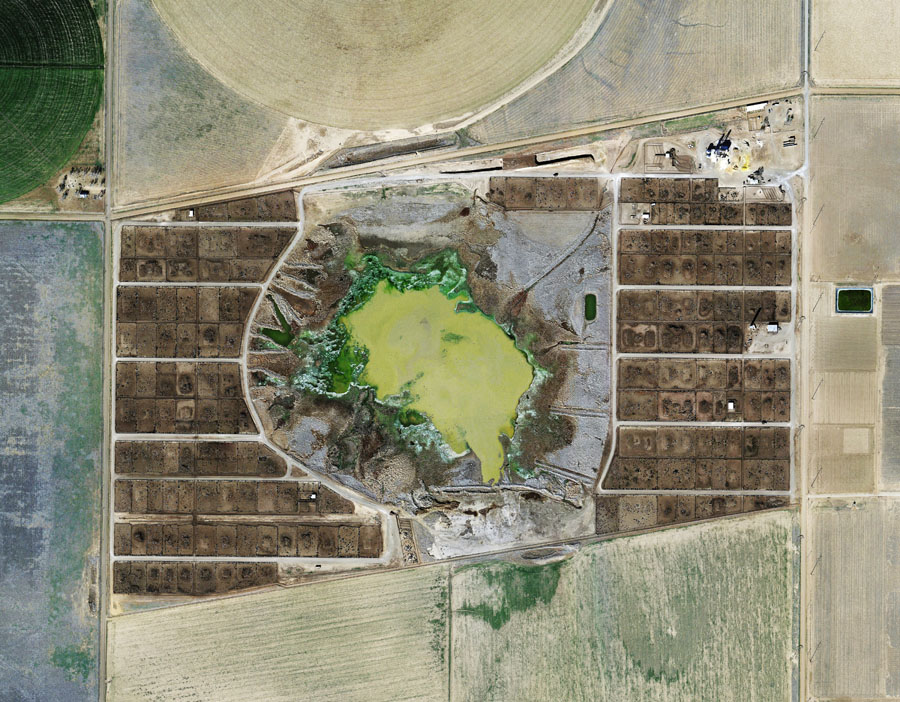
Unbelievable Photos Show Factory Farms Destroying the American Countryside
Food production has become a race for maximum efficiency. When it comes to producing meat, whether chicken, beef, or pork, that race has fallen at the feet of the so-called factory farm and its hallmark feature - the feedlot.
November 11, 2014 | Source: Films For Action | by Harrison Jacobs
For related articles and more information, please visit OCA's CAFO's vs. Free Range page.
Food production has become a race for maximum efficiency. When it comes to producing meat, whether chicken, beef, or pork, that race has fallen at the feet of the so-called factory farm and its hallmark feature – the feedlot.
Feedlots, officially called Concentrated Animal Feeding Operation (CAFO), house thousands of animals in tiny, confined spaces before they're slaughtered. Critics call the practice inhumane and say it breeds environmental problems and disease.
"A feedlot is very much a pre-modern city teeming and filthy and stinking, with open sewers, unpaved roads, and choking air rendered visible by dust," Michael Pollan writes in his book "The Omnivore's Dilemma."
There are currently about 15,500 CAFOs in the U.S. According to FarmForward – which used numbers from the U.S. Department of Agriculture – 99% of farmed animals in the U.S. are raised on feedlots.
For the last several years, British artist Mishka Henner has collected images of the feedlots via satellite, to document a largely hidden phenomenon. Initially, he was searching satellite imagery to look for oil fields. When he came across the feedlots, Henner was shocked he didn't know about about such a central part of our food production.
"The feedlots are a brilliant representation of how abstract our food industry has come," Henner told Business Insider. "It's an efficient system for extracting the maximum yield from animals. That's the world we live in now. We want to extract the maximum yield from everything, no matter what business you are in."
As you can see from these photos, the chemicals in animal waste turn feedlots into oddly beautiful, multicolored cesspools. Henner's work has been collected into a study called Feedlots, prints of which can be purchased here. Henner will be displaying the work with the Carroll/Fletcher Gallery at ArtExpo in Chicago from Sept. 18-21.
Mishka Henner Tascosa Feedyard (detail), Texas.
The goal of the feedlots is to produce the greatest output at the lowest cost. To that end, cows eat a combination of cheap corn, protein, and fat supplements (often manufactured from other cows), and drugs to fatten them up quickly and efficiently, according to Pollan. Cows naturally feed on grass, but grass-fed cows take much longer than corn-fed cows to get to slaughter weight.
"Cows raised on grass simply take longer to reach slaughter weight than cows raised on a richer diet, and for half a century now the industry has devoted itself to shortening a beef animal's allotted span on Earth," Pollan wrote.
Since factory farms became part of the food industry in the mid-20th century, Pollan writes, the length of cows' lives before being slaughtered has steadily decreased to 12 to 14 months, from about four to five years.
